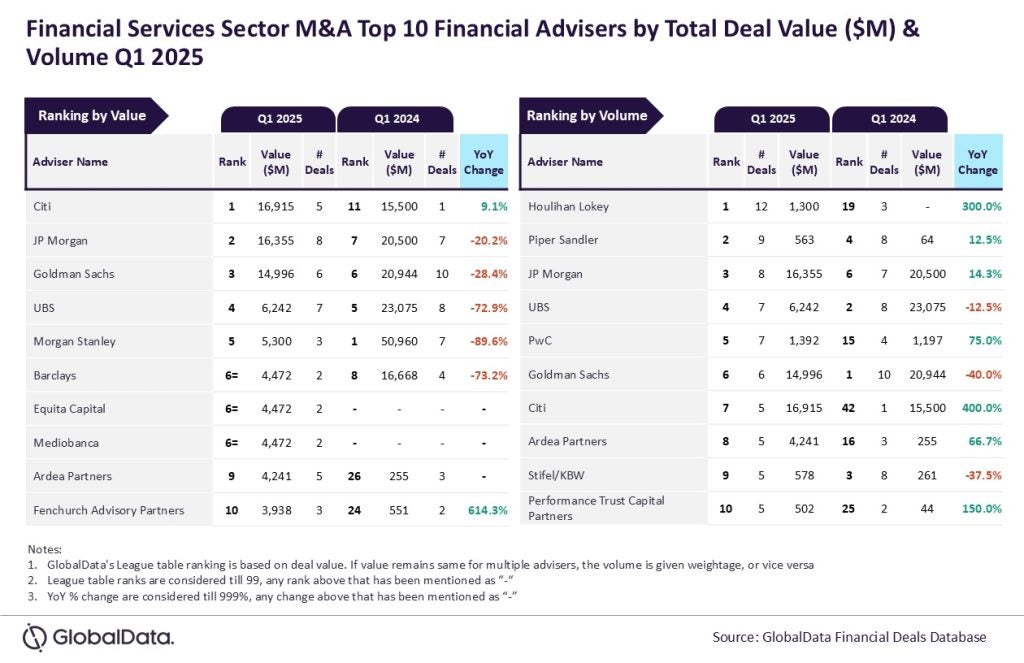After two years of economic turmoil,
the banking industry in the US and beyond will get back to the
basics of its business, engaging in more long-term planning and
rebuilding and less panic-driven firefighting, according to a
report ‘Top 10 Banking Trends for 2010’ from consultancy Aite.
Douglas Blakey
reports.
In a report from Aite Group, Top 10
Banking Trends for 2010, the consultants’ analysts set out the
major issues that they expect will shape the banking industry in
2010, in the US and beyond.
The report detailed the top 10 trends
unfolding in the industry as follows:
• Banking goes back to business
school;
• Kissing non-core assets
goodbye;
• Small institutions fight back;
• Data security: encryption goes
mainstream;
• Getting serious about system
integration;
• Prime time for outsourcing;
• The march towards paperless
banking;
• The spectre of
disintermediation;
• Analytics as a banking product,
and
• The rise of personal financial
management.
The trend of bankers going back to basics –
the need to take a hard look at business models to find new ways of
generating revenue – will continue in the new world of regulatory
and political pressures (such as the CARD Act and stricter
overdraft regulation) and persistent high rates of
unemployment.
The move towards shedding non-core assets in
an effort to shore up capital ratios will continue, as banks
concentrate on a small number of growth opportunities.
Merchant acquiring will be a case in point.
Few banks in the US remain heavily involved in merchant acquiring,
such as JPMorgan Chase and US Bank. Other banks operate in merchant
acquiring through a partnership model with large processors, such
as First Data (examples including Bank of America, Citi and Wells
Fargo).
In 2010, Aite expects the few remaining banks
that are considered full merchant acquirers (with a sales force,
risk management and some amount of processing) to scale-back in
merchant acquiring, emulating Fifth Third’s move to sell a stake in
its merchant-acquiring business to private equity firm Advent.
Data security will be a top priority for banks
in 2010, with investment in end-to-end encryption technology in the
cards sector a lucrative area of growth for vendors.
Banks will also give increased priority to
seeking tighter system integration. Aite expects leading banks to
focus on partnering with both technology vendors and utilities such
as SWIFT to strengthen integration between client and bank systems
and develop industry-wide standards.
Forward-looking banks will emulate the likes
of HSBC and Wells Fargo, which have respectively already partnered
with ERP providers SAP and Oracle.
Seeking longer-term efficiency
gains
While many banks have spent the past
two years looking inward and focusing on cost-cutting as they coped
with the financial crisis, in 2010 banks will shift their focus to
long-term efficiency gains.
Outsourcing mundane back-office processes will
be instrumental in improving efficiency, while banks will also look
to leverage outsourcing relationships to offer new products and
enter new markets without having to commit capital.
 The trend towards paperless banking is expected to
The trend towards paperless banking is expected to
accelerate as banks focus on increased efficiency while meeting
compliance, fraud and security risks.
Advances in imaging technology – enabling
banks to digitise paper items and store them for easy retrieval and
analysis – will be instrumental in driving the paperless
efforts.
In terms of product innovation, banks are
expected to make further differentiation efforts by offering
analytics as a product or service, both to retail and corporate
clients.
The availability of personal financial
management (PFM) tools has been a growth area in the past year, as
evidenced by the September announcement that Intuit was to purchase
online personal financial services provider Mint.com for
approximately $170 million.
Further announcements rubber stamped the
growing interest in PFM, with big business entrants including
American Express and MasterCard (see
RBI 621).
It is an area expected to grow during 2010
because:
• The economy has forced people to
become more disciplined about managing their finances;
• The internet has made it easier
than ever to get data into PFM tools; and
• The young adult segment of the
population is more involved in managing their financial lives than
previous generations were at the same age.
The result of this increase in demand for PFM
tools has been met with an explosion in the supply; not only
additional PFM sites have emerged but thousands of personal
financial apps are available for use on smart mobile phones such as
Apple’s iPhone.
According to the report, banks and credit
unions are paying attention.
Of 74 financial institutions interviewed in
January by Aite analysts, nearly one in five already offers PFM
tools on their sites. Of the remaining firms, six in 10 are in the
process of considering whether or not to offer PFM tools (see pie
chart, above).
The goal for banks utilising PFM will be
increased customer retention. In a survey of 976 users of PFM
tools, the report stated that one in four users said they were less
likely to close their account and switch to another bank as a
result of using PFM.
Using PFM caused one-in-six users to:
• Increase primary account balances with their
primary bank;
• Be more likely to consider their bank for
future product needs; and
• Be more likely to recommend their bank to
family and friends.







